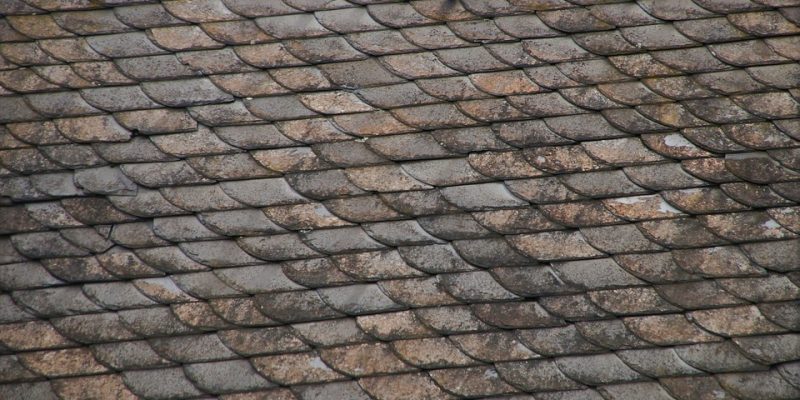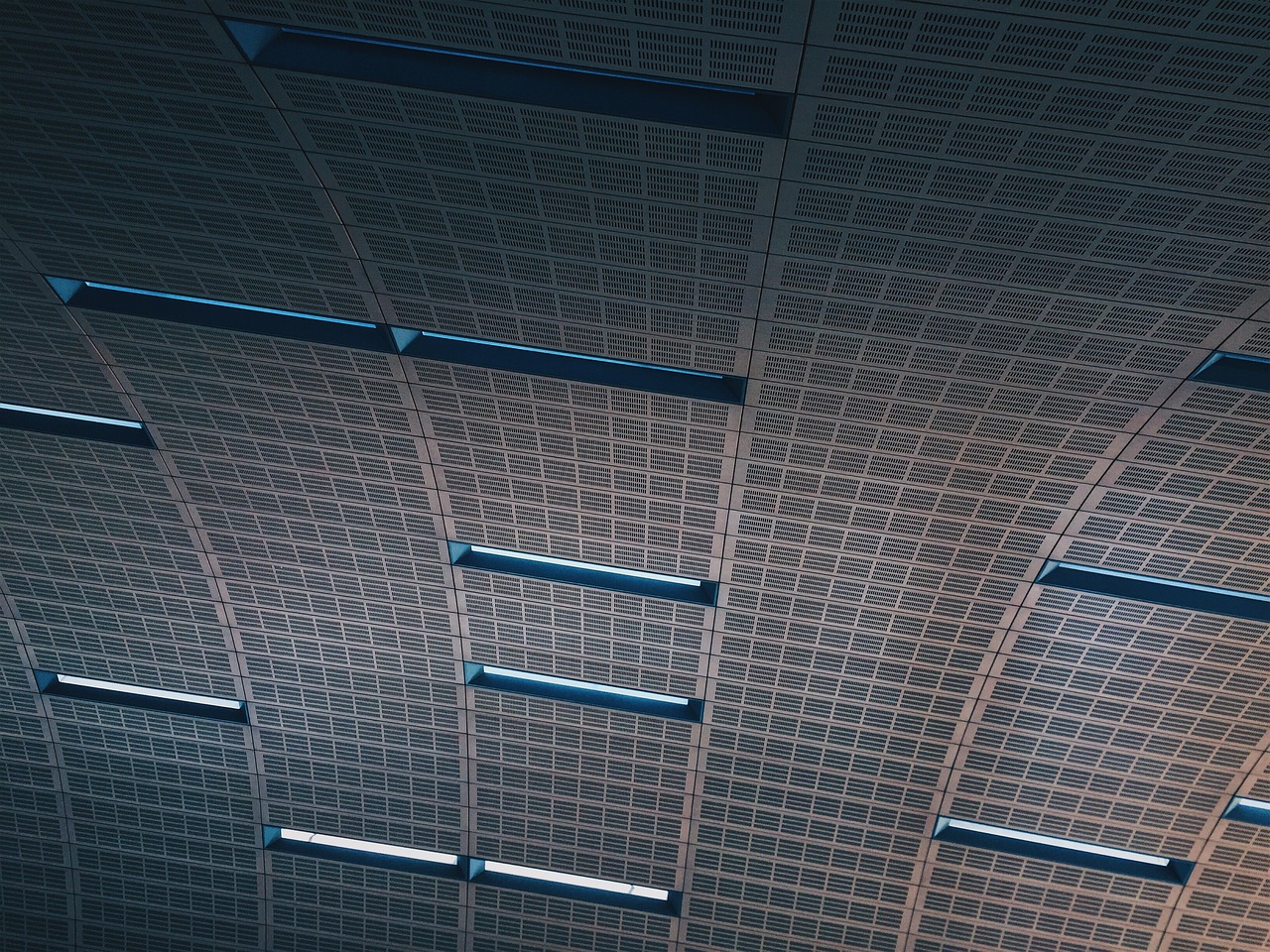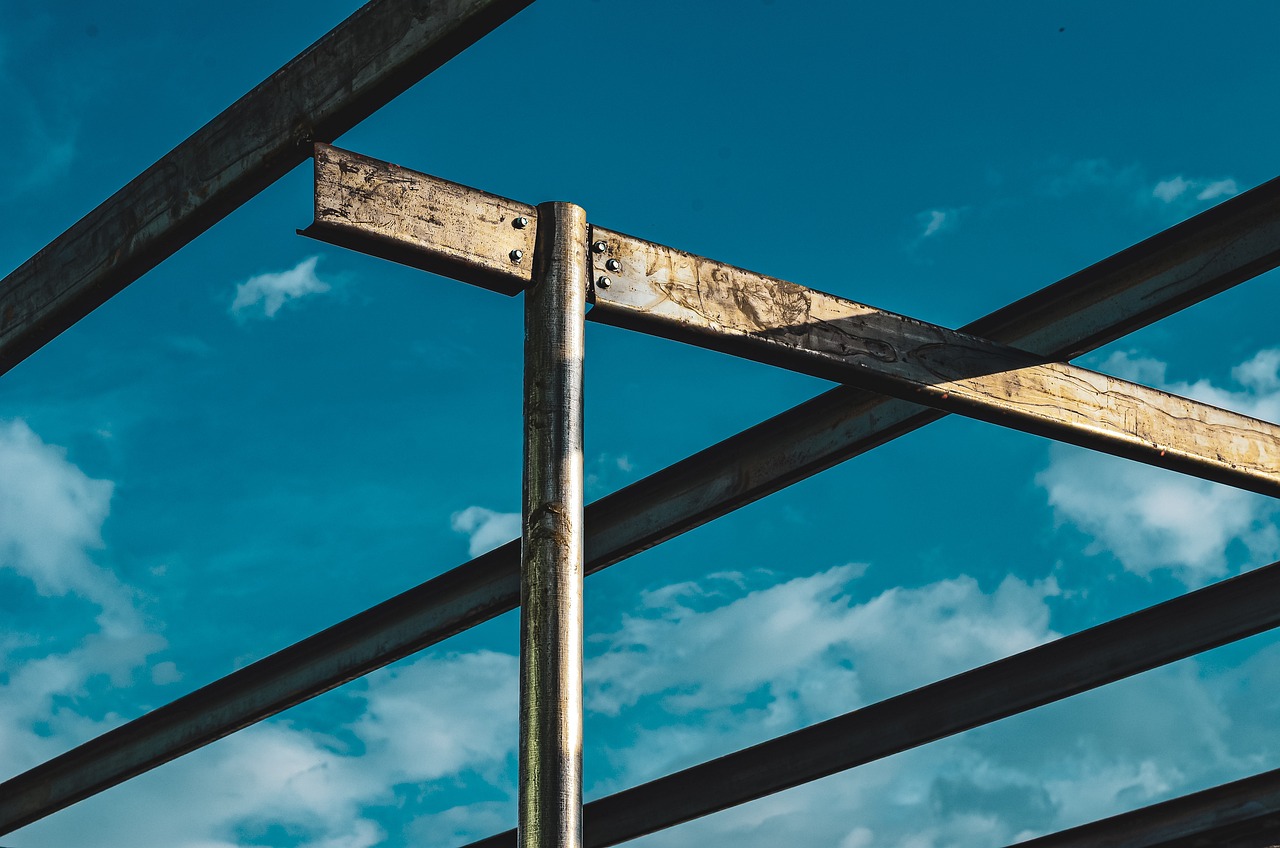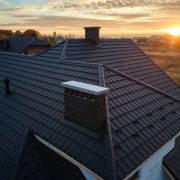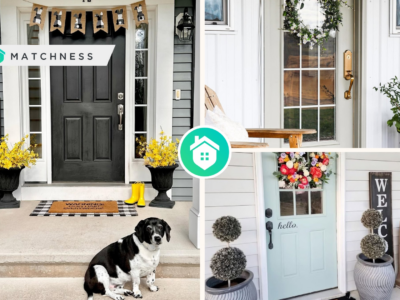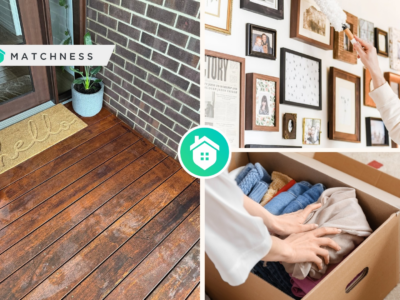Roof leaks are a common and potentially costly problem for homeowners. Although the causes of roof leaks can vary, some of the most common issues include cracked or missing shingles, defective flashing, worn sealants, and clogged gutters. Fortunately, many roof problems can be quickly resolved with simple repairs or replacements. In this article, we will discuss the most common causes of roof leaks and how to fix them. We will also provide some tips for preventing future roof leaks. So whether you’re a DIYer or looking for assistance from a professional roofer, this article can be a valuable resource.
1) Cracked or Missing Shingles
One of the most common causes of roof leaks is cracked or missing shingles. As shingles age, they become brittle and can crack or fall off entirely due to heavy winds, hail damage, or general wear and tear over time. If you discover that some of your shingles are cracked or missing, the best course of action is to replace them as soon as possible. This will ensure that your roof is watertight and protect your home from further damage.
2) Water Leaking
If your roof has experienced water leaking, it’s important to take immediate steps to address the issue. The first step is to identify where the water is leaking from. To do this, look for stained or discolored patches on your ceiling and inspect the area around them for signs of water damage such as mold and mildew. Once you’ve located the source of the leak, determine what type of repair will be necessary. If it’s a minor issue such as a cracked shingle or missing sealant, you may be able to fix the problem yourself. If the leak is more serious and involves structural damage, it’s best to call in a professional roofer who can properly assess the issue and make the necessary repairs. Additionally, if you are concerned about roofing and construction for residential and commercial properties, you can also contact a waterproofing specialist. No matter what kind of leak you have, it’s important to act quickly to minimize the damage and protect your property.
3) Clogged Gutters and Downspouts
Clogged gutters and downspouts can also be a major cause of roof leaks. When debris such as leaves, twigs, and other organic material builds up in gutters, it can block water from flowing freely away from the roof. This can lead to water pooling on the roof which can eventually lead to leaks. Cleaning out your gutters on a regular basis will help prevent this issue and ensure that water can flow freely away from your roof and property.
4) Faulty Flashing
Your roof’s flashing is an important component that helps protect your home from water damage. The flashing is located around chimneys, skylights, and other openings in the roof and it helps prevent moisture from leaking inside. Unfortunately, faulty or worn-out flashing can lead to serious leaks if not addressed quickly. If you’re unsure if your flashing is in good condition, it’s best to schedule an inspection with a roofing professional. They can inspect the flashing and make any necessary repairs or replacements.
5) Worn Sealants
Worn sealants such as caulking, tar, or mastic can also be a major cause of roof leaks. These sealants help prevent moisture from seeping into the home, but as they age and deteriorate, they can become less effective. If you notice any cracks or gaps in your existing sealants, it’s best to get them replaced as soon as possible. This will ensure that your roof is properly sealed and protected from water damage.
6) Poorly Installed Roof
Finally, roof leaks can also occur due to a poorly installed roof. When roofs are not installed correctly, they can leave gaps and openings that allow water to seep in. This is why it’s important to hire an experienced and reputable roofer who will do the job right the first time. Doing so will ensure that your roof is properly installed and will protect your home from leaks. It will also save you money in the long term as correctly installed roofs tend to last longer.
You can frequently stop leaks before they start if you take the time to inspect and repair your roof. If you do discover a leak, act fast and adhere to these instructions to get it patched correctly. By doing this, you’ll keep your house safe and prevent the need for later expensive repairs or replacements.
We hope this helps you protect your roof and keep your home safe from water damage! Thanks for reading!


